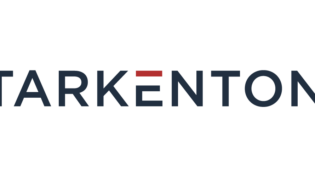
You’ve surely heard the variations on this theme. “Ready, fire aim” was popular in the
 1990’s, accredited to any of several authors. I used the term to describe my efforts in the artificial intelligence field, experimenting with new devices, the lisp programming language, and our first trial installations. It seemed an ideal way to describe a scrappy, entrepreneurial activity.
1990’s, accredited to any of several authors. I used the term to describe my efforts in the artificial intelligence field, experimenting with new devices, the lisp programming language, and our first trial installations. It seemed an ideal way to describe a scrappy, entrepreneurial activity.
What happens to careful planning?
So why do so many business authors stress this behavior? Ready, FIRE, aim. What happens to careful planning, sure-fire metrics, quality test scenarios, market research, a good business plan – all in place before pulling the trigger of a new opportunity.
And who is right here?
If you’re seeking investment from anyone other than friends and family, you’re probably going to have to navigate through the exercise of careful planning, documentation and execution. Investors are a fickle bunch. They want to know that their money is not just being thrown at an idea that will become a trial by “fire.”
But speed and iterations are attractive benefits
On the other side of the argument is the truth of the claim that numerous iterations in the form of rapid prototypes and execution of new ideas in the field quickly refine the product or service to meet the needs of the customer, and at a far faster and cheaper pace than with careful pre-planning.
Cowboy coding in software and Internet development
 In the software and Internet arenas, there is a term for this: “cowboy coding.” Without the need to carefully document the architecture and elements of a proposed application, a single programmer can much more quickly just code, test, and create revised code. And today, “no code” or “low code” applications can be created much more quickly without careful testing of the integration with cowboy-coded portions of an application.
In the software and Internet arenas, there is a term for this: “cowboy coding.” Without the need to carefully document the architecture and elements of a proposed application, a single programmer can much more quickly just code, test, and create revised code. And today, “no code” or “low code” applications can be created much more quickly without careful testing of the integration with cowboy-coded portions of an application.
Either way, without even pausing to document the process internally, no-one can easily take over the job, if for any reason the cowboy coder is no longer in control. And the result? Typically, we call that “spaghetti code” to signify code that is so often changed that it no longer looks clean and traceable.
Our conclusion to this dilemma
The conclusion is that the best process depends upon the product, its critical core nature to the business using it, and the way in which the entrepreneur approaches the need for outside investors.
Critical components of any operation or business must be carefully constructed, tested and inserted into the operation of the business. On the other hand, if a new free app has bugs, they can be corrected in the next automatic update, and probably without much customer noise.
So, which is better for you?
Which is better for you: rapid iteration or careful planning? What is your case for defending your method of creating new products or services? Have you ever been stung by releasing a “ready fire aim” project into the marketplace?












